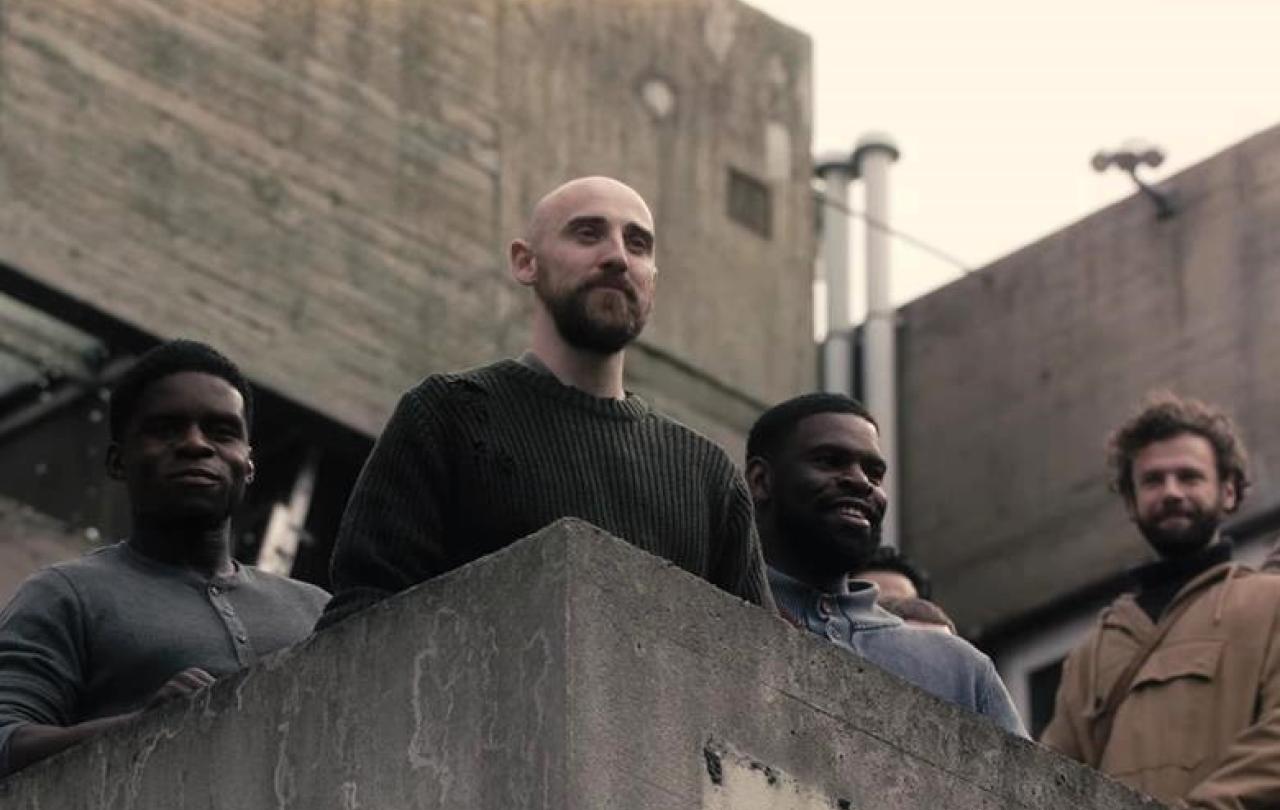
Simnel cake, yum – I love it. Though because it’s a rich heavy fruit cake, quite a lot of people disagree with me. It also has a layer of marzipan running through the middle which is an equally divisive issue, at least in our household.
Anyway, like it or loathe it, Simnel cake is a traditional Easter delicacy that’s been eaten in Britain since at least medieval times. And the way it links with Easter is that it also has marzipan decorations on the top, in the form of eleven ballies placed around the edge – one for each of Jesus’s loyal disciples. The twelfth, missing, one represents Judas Iscariot, who forfeited his place on the cake by betraying Jesus to the Romans. Famously he accepted a bribe of 30 pieces of silver to lead the soldiers to Christ as he sat with his friends in the Garden of Gethsemane, and marked him out as the one they were after by greeting him with a kiss. It was the act, in short, that precipitated the events that subsequently resulted in Jesus’s trial and crucifixion.
Such treachery, clearly, brands a person as the worst of sinners, and history has consequently judged Judas as exactly that. Literature too. Dante for example, in his Inferno, has him being chewed eternally in the mouth of Satan (along with Brutus and Cassius, betrayers of Julius Caesar) down in the lowest circle of Hell, specifically dedicated to traitors. It doesn’t get worse than that.
But last Easter something interesting happened, which has made me feel rather differently about Judas. We had a new vicar arrive in our church, who came into the nave at the start of one of the Easter services holding a Simnel cake – minus the decorative ballies. He also had a pack of marzipan. He handed both cake and marzipan over to the children of the Sunday school, and sent them off to go and make ballies (along with suitable instructions on handwashing) for the top of the cake. They reappeared proudly at the end bearing their handiwork… one festive looking Simnel cake, complete with disciples. Eleven of them.
Only what was this? Lo and behold, the vicar had another marzipan ball – a twelfth one, that had been lurking in his pocket. He held it up between finger and thumb.
‘Uh oh children,’ he said. ‘I’ve just found Judas. Now I want you to imagine for a minute that I am God. What do you think I should do with him?’
One little girl, round-eyed with alarm, gasped, ‘Are you going to eat him??’
Chuckling from the congregation – and a few approving nods here and there, it has to be said.
But the vicar just smiled. ‘I think the whole point of Jesus’s death was to give all of us a second chance… everyone that is, no exceptions,’ he said. ‘With God, forgiveness is universally available, particularly if someone is sorry – and in Matthew’s gospel, it says that Judas tried to give the money back because he knew he had done something terrible. I think that God would say Judas belongs back with the other disciples. And I also would like it if we could be the sort of church that says all are welcome, whatever they have done. So let’s put him on the cake with the others shall we?’
I thought of all this as I was making a Simnel cake this year ready for Mothering Sunday, the fourth Sunday of Lent, when they were traditionally produced. And yes, my cake has twelve ballies on it… Peter, Matthew, James, John et al, with Judas alongside. I keep pondering this idea of all-encompassing mercy. It was completely and utterly revolutionary in the violent period of history that Jesus lived in, and I’m not sure things have changed much. The thought of every person being offered forgiveness, no matter what, sounds mad in these days of cancel culture and moral indignation. Imagine what the Twittersphere would say.
But actually, I think the vicar was right: I’m pretty sure God would want Judas to have a spot. And let’s face it, as a very small side benefit, it’s also much easier to space twelve disciples evenly around a cake than eleven.
Celebrate our 2nd birthday!
Since March 2023, our readers have enjoyed over 1,000 articles. All for free. This is made possible through the generosity of our amazing community of supporters.
If you’re enjoying Seen & Unseen, would you consider making a gift towards our work?
Do so by joining Behind The Seen. Alongside other benefits, you’ll receive an extra fortnightly email from me sharing my reading and reflections on the ideas that are shaping our times.
Graham Tomlin
Editor-in-Chief





